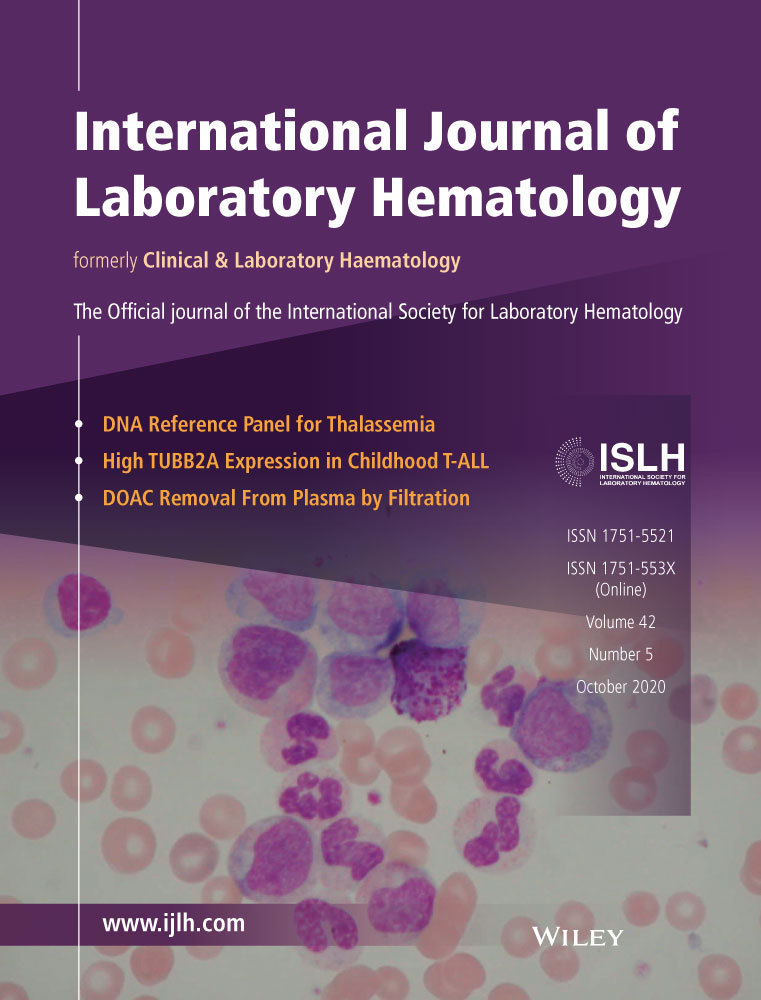Establishment of reference intervals for pediatric complete capillary blood counts: A multicenter study in Beijing
Abstract
Introduction
Clinical reference intervals represent the normal range of clinical parameters for distinguishing healthy and sick individuals, and they show some variation among different populations. Many reference intervals are still lacking for the pediatric population in China. Thus, the aim of this study was to establish and validate pediatric reference intervals for capillary blood cell counts.
Methods
A total of 9942 children were enrolled from 10 medical institutions in Beijing, China, for capillary complete blood count (CCBC) values according to the EP28-A3c guideline issued by the Clinical and Laboratory Standards Institute.
Results
Pediatric reference intervals for 17 CCBC parameters were established for children aged 6 months to 7 years. The red blood cell count and red blood cell distribution width were generally higher in males than in females, and the mean corpuscular hemoglobin and mean corpuscular volume were higher in females than in males. The red blood cell, hemoglobin, hematocrit, and neutrophil percentages increased while the percentage of lymphocytes decreased with age. The overall trends for each reference interval were relatively similar in different ethnic groups and regions in the world, but with variation in the upper and lower limits, which confirms the existence of racial and geographical differences. Further validation with 508 healthy subjects showed that the verified proportions were within 90.9%-100% of the reference intervals.
Conclusions
This study offers local reference intervals for CCBC values for the pediatric population in Beijing, China, and thus provides basic criteria for the diagnosis, treatment, and health assessment of childhood diseases in China.
CONFLICT OF INTEREST
The authors declare that they have no conflict of interest.




